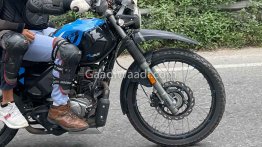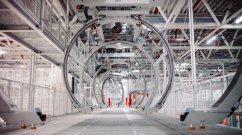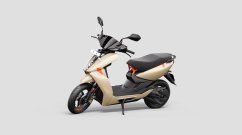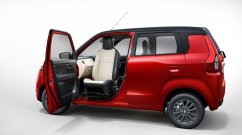Mahindra is looking for redemption in the compact SUV segment with the S201 that is planned for a January 2019 launch. IAB reader Suraj Suprabhan has shared spy shots of a test mule he spotted on the roads yesterday.
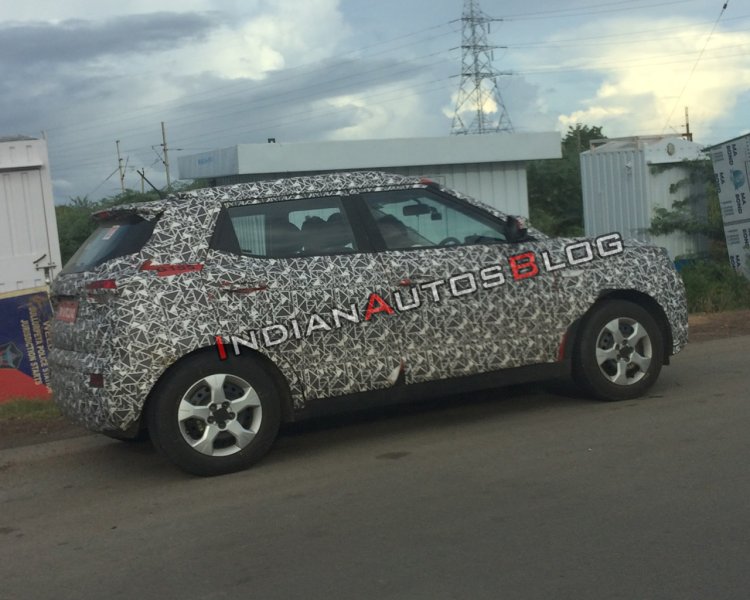
The Mahindra S201 is a compressed and reskinned SsangYong Tivoli. It has an individual front and rear design, and an even bigger difference is that it measures not more than 4,000 mm in length.
Everything on the front and rear, from the headlamps and tail lamps to the grille, the bumpers, the fog lamps and the tailgate has a different design, adjusted as per the taste of Indian customers. The engineers at the Mahindra Research Valley in Chennai have reduced the length by nearly 200 mm so that the vehicle qualifies as a small car and attracts the least GST there exists for ICE-powered PVs.
Mahindra will offer a plethora of comfort and convenience features and more advanced safety systems in the S201. The range-topping grade should include an electric sunroof, passive keyless entry, engine start-stop button, leather upholstery, dual-zone climate control, touchscreen infotainment system with satellite navigation, Apple CarPlay and Android Auto, four-wheel disc brakes, seven airbags, front parking sensors and ESP.
As for the exterior details, there’s speak of LED headlamps with LED DRLs, 17-inch alloy wheels, LED tail lamps and micro antenna. M&M is throwing everything at the S201 as it hopes to finally crack the sub-4m segment, a mission that the Quanto, Nuvosport, KUV100 and the TUV300 didn't succeed in.

Also See: Mahindra KUV100 NXT diesel autoSHIFT AMT spied sans camouflage
Engine options for the Mahindra S201 will include the Mahindra Marazzo’s 1.5-litre turbocharged diesel unit that produces 121 hp and 300 Nm of torque and an all-new 1.2-litre turbocharged petrol unit that reportedly puts out nearly 140 bhp. The diesel engine will send power to the wheels via a 6-speed manual transmission. The availability of an AWD system is unlikely, but an automatic transmission is a given, if not at the launch, in the second leg of the lifecycle.













